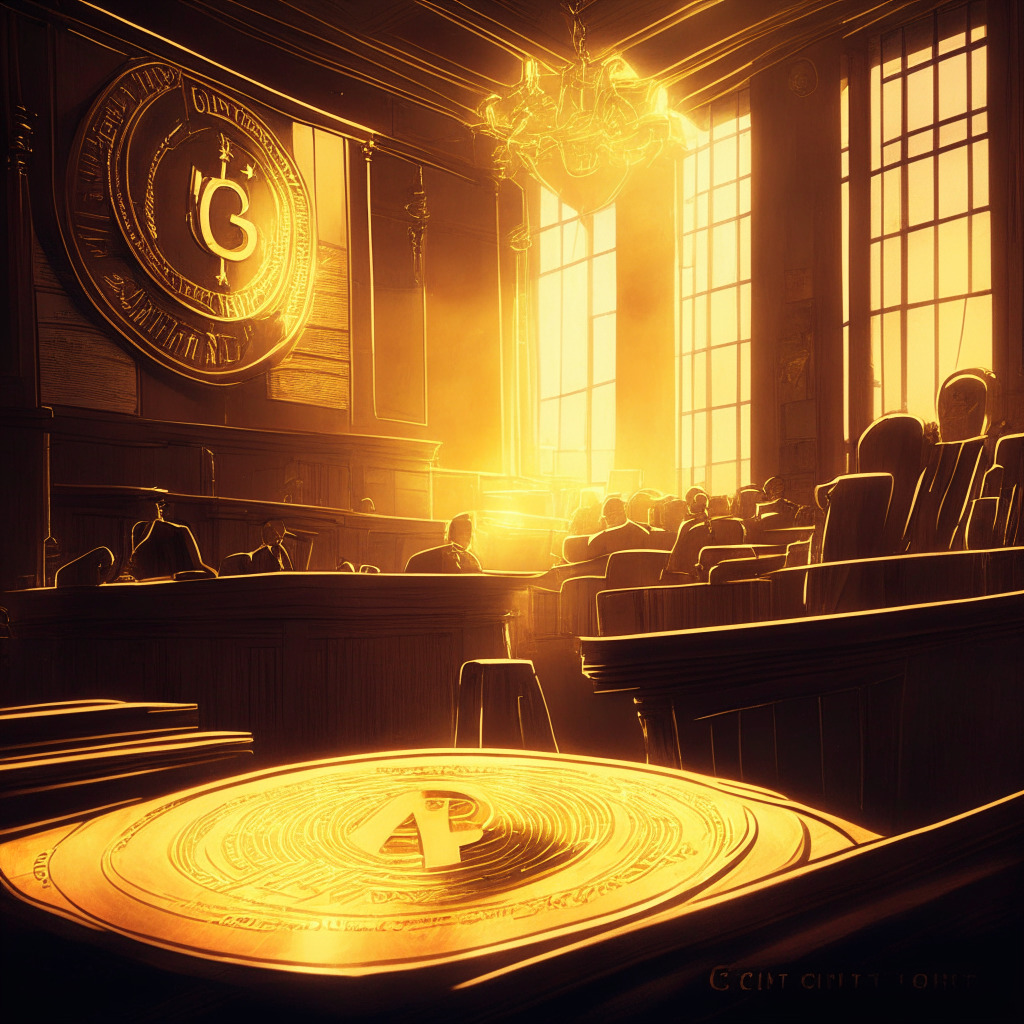In a controversial move that sparked heated conversation among crypto professionals, Sam Bankman-Fried was reported in 2021 to have enacted his exclusive authority to extend the lockup period for his employees’ Serum (SRM) holdings. While slated to be seven years more than initially agreed, the step was seen as an attempt to hold back employees from retiring early due to hefty paper profits earned from their SRM investments. The maneuver, documented in a Michael Lewis book about SBF, led many insiders questioning the core ethos of decentralization in crypto markets and employee investment freedom.
The SRM token, associated with a decentralized exchange ecosystem on Solana (SOL), saw its shares soaring to $13.70 in September 2021, promising tremendous profits to early investors who bought in at the $1.70 launch price a year prior. However, the FTX debacle in 2021 dealt a heavy blow, causing a significant drop in SRM prices, trading for just $0.04 according to CoinMarketCap.
When FTX fell apart, its official documents highlighted holdings of around $2.2 billion in SRM, surpassing any other digital asset. The hiccup? The inflated possession grossly exceeded SRM’s actual circulating supply, hinting selling these tokens would likely cause a market crash. Moreover, Binance withdrew SRM’s trading pairs by November-end, which massively limited the cryptocurrency’s liquidity, leaving it dependent on a few mid-scale exchanges. In response, the SRM team distanced from FTX’s fading influence through a hardfork.
The story took another twist when Michael Lewis claimed that SBF intended to pay the former president, Donald Trump, $5 billion to refrain from the 2024 re-election bid. The crypto author faced backlash for leaning mildly in his critique of SBF, with critics accusing him of glossing over the shenanigans. As the first trial of SBF gets underway, the entrepreneur is charged with numerous counts of conspiracy and fraud related to FTX.
As this saga unravels, the crypto community finds itself at a crossroad, questioning the central control in supposedly decentralized markets and the fine line between regulation and restrictive control. The overall sentiment is vital for the blockchain’s future, questioning if we contradict core principles of decentralization when convenient, or should consistent adherence be expected? The crypto world watches with anticipation as the story continues to unfold.
Source: Cryptonews




